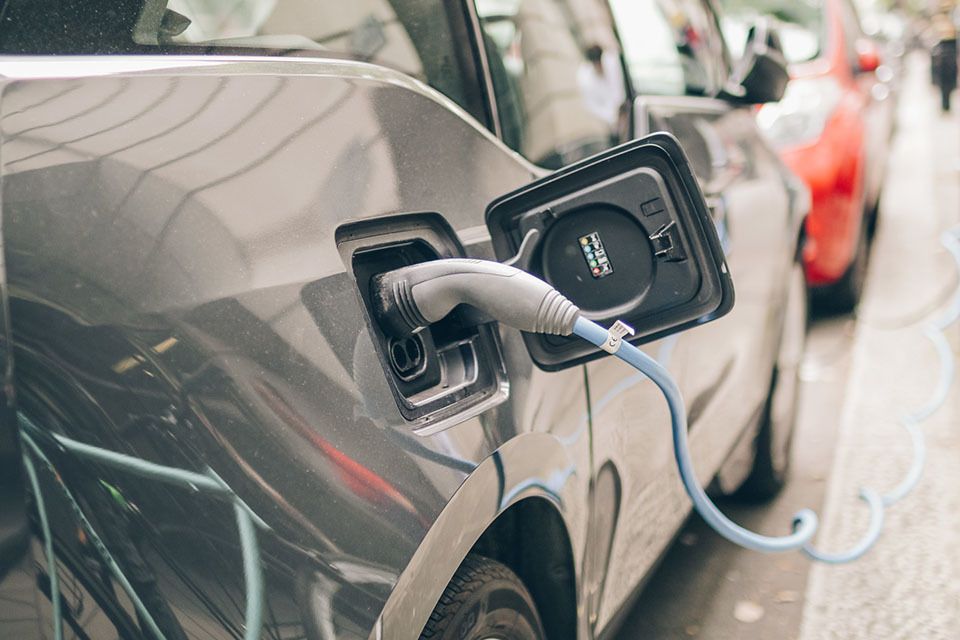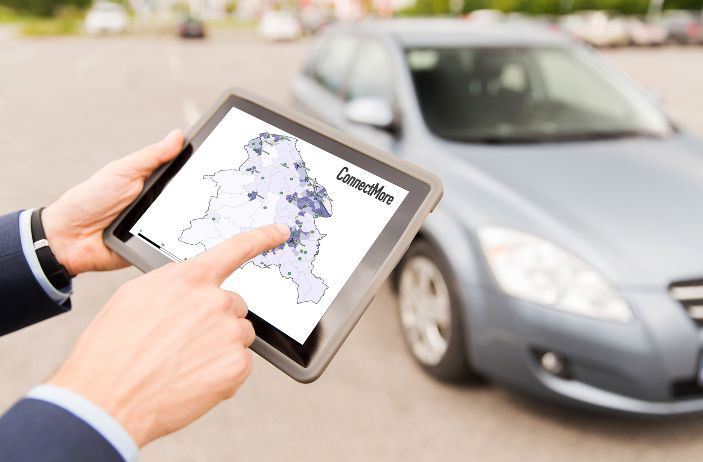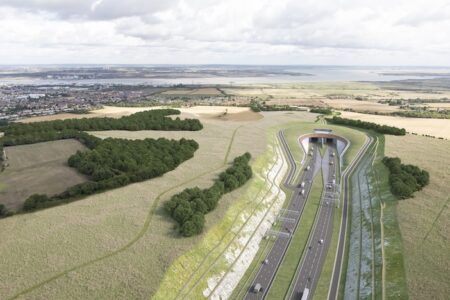SP Energy Networks has announced the launch of a free, online interactive map designed to help the UK meet EV charging demand. The ConnectMore Interactive Map (CIM) is part of a larger ConnectMore toolset being developed by the Charge Project that will help businesses and local authorities identify suitable sites for new chargepoints and estimate the cost of connecting them to the network.
The Charge Project is an initiative from SP Energy Networks and its partners EA Technology, PTV Group and Smarter Grid Solutions to accelerate the roll-out of public EV charging infrastructure across Cheshire, Merseyside, North Shropshire, and North and Mid-Wales. It is also a vital part of SP Energy Networks’ commitment to help the UK become carbon Net Zero by 2050.
The CIM is a free online tool that allows users – for example, local councils, site owners, property developers and chargepoint operators – to quickly and easily identify where public EV charging demand is likely to be high, and also where it can be accommodated by the electricity network with the minimum need for new cables or equipment.
“The CIM is a potential game changer for public chargepoint installation,” says Geoff Murphy, lead for the Charge Project at SP Energy Networks. “In the past, both local authorities and businesses have been put off from investing in EV charging because establishing expected demand and the feasibility of installations has often been too time-consuming and complex. The CIM could change that forever by quickly delivering the hard evidence that’s needed to get chargepoint projects off the ground.”

The CIM works by evaluating both the potential demand by area for public EV charging and the likely ease of connection to the existing electrical network in that area. By enabling these two datasets to be viewed together on an interactive map, the CIM can identify the optimum locations for EV chargepoint installation and help inform roll-out strategy.
Anticipated EV demand data within the CIM is shown according to four future scenarios, which are based on differing assumptions about EV uptake and chargepoint availability, and displayed in five-year increments from 2025 to 2050. Users can easily switch between the four scenarios to ascertain how a particular area or site’s utilization might vary for different EV and infrastructure projections.
“While everybody agrees that charging must be available for all, the roll-out of public chargepoints remains slow,” says Dave A. Roberts, commercial director at EA Technology. “The CIM will assist the decision-making process for new installations by answering questions on expected uptake, number of chargepoints needed, and the type that would work best. The data it provides is a forecast rather than a guaranteed outcome, but it will still significantly enhance the business case for chargepoint installations.”





